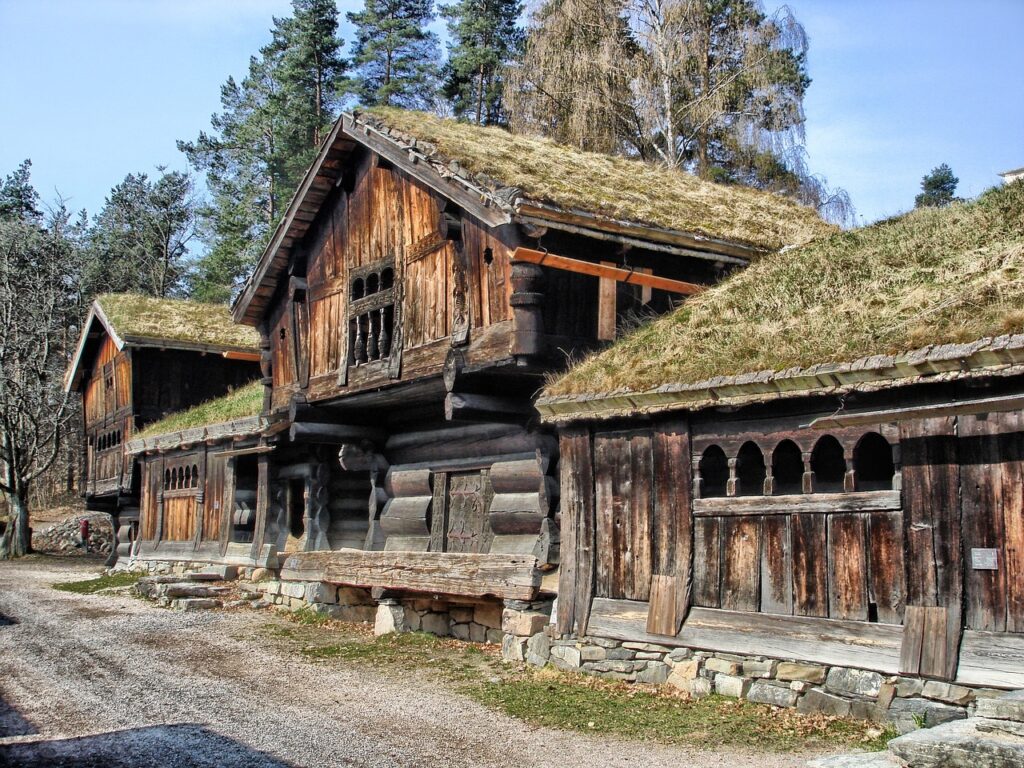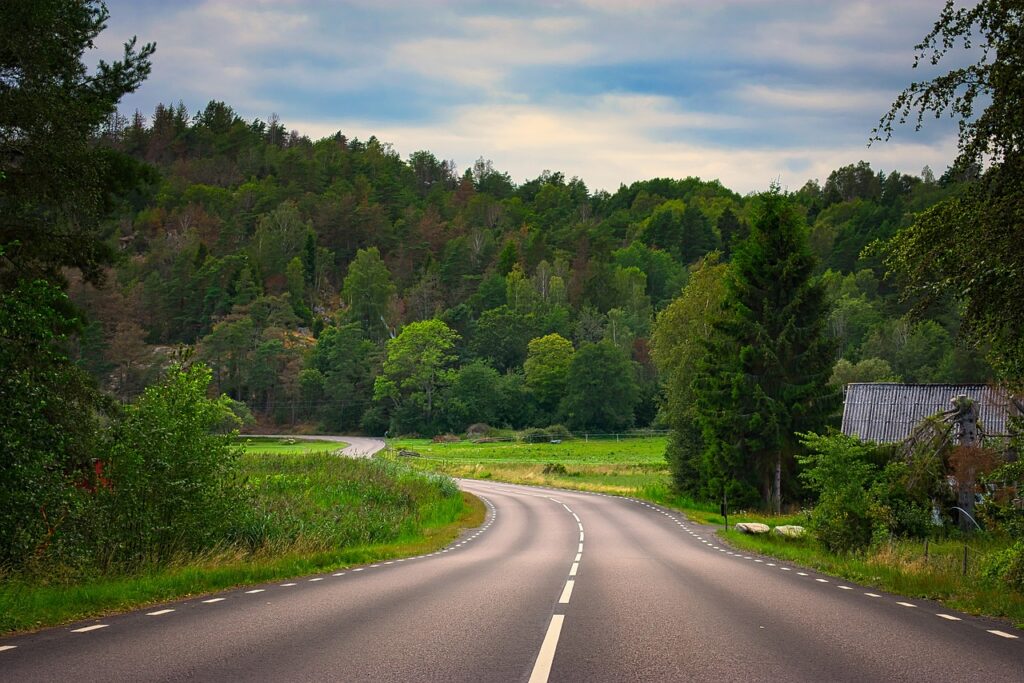The Safest Cities in Scandinavia
Scandinavia is a region brimming with excitement and adventure and is home to many big cities. The Scandinavian countries have so much to offer, from the icy Norwegian fjords to the ancient Viking history and the sloping Swedish woodlands. But which Scandinavian cities offer the most security? Most people’s first concern while traveling is, “is this destination safe?” So here we are with the list of safest cities in Scandinavia! The safest cities in Norway Tromsø, Norway The small town of Tromsø is one of the safest cities in Norway, with a population of about 77,000. It is one of the safest cities in Scandinavia and the most popular destination for travelers searching for the northern lights. The “city that doesn’t sleep” is a name given to this northern Norwegian city for a good reason. Since the Arctic Circle is above it, the sun never sets during summer. As a result, Tromsø, also known as the Arctic capital, becomes a playground every day of the week! Tromsø is one of the best spots in Scandinavia to see the magnificent Northern Lights in the winter when there is constant darkness. The midnight sun in the summer will astound you and give you an excellent reason to stay outside all night. Tromsø gives a distinctive experience whenever you travel there, regardless of the season. Some of this little fishing town’s top attractions include the Arctic-Alpine Botanical Garden, the Polaria aquarium, and Tromsø Ice Domes. Geiranger, Norway The tiny town of Geiranger is located at the mouth of the mysterious Geirangerfjord. Big cruise ships have docked in Geiranger since 1869 to let passengers enjoy an afternoon off the boat. Moreover, it is a UNESCO World Heritage Site making it a must-visit town. When you arrive at Geiranger, security will be your last concern. When in Geiranger, you can go shopping, rent a boat, or stroll along the Waterfall Walk. In addition, you will see 327 stairs leading from the town center to the Norwegian Fjord Center, which has picturesque views. It is an amazing experience to wander along Storfossen’s raging waters. The small, close-knit village of Geiranger, has about 200 residents. Even though you are protected from crime, the outdoors can be harsh. Exercise caution when out and about, especially when the sun sets. Kristiansand, Norway For several years, Kristiansand has earned a reputation as one of Norway’s safest major cities. The amount of crime was initially low, but in the last three years, it has increased to slightly over moderate. More specifically, police indicate that a rise in drunk driving is mostly to blame, even though this increase does alter the statistics. Moreover, there is much to do and see in Kristiansand, a reputable tourist destination. You can take a variety of cruises, have meals in nice restaurants, explore the shoreline, visit a modern art museum, and a lot more. Outdoor theaters with music and dancing, and souvenir shops are also available. The safest cities in Sweden Visby, Sweden One of the safest cities in Scandinavia is Visby which has incredibly low crime rates. Visby should be at the top of your list if you love exploring history and culture. It is positioned on the western coast of Gotland and has a long history. Specifically, Visby belonged to the Hanseatic League, a medieval trading association in northern Europe. Tourists can still admire medieval artifacts all across the city. Visby received the prestigious recognition as a UNESCO World Heritage Site because of these conserved artifacts. And this area offers more than just its heritage. It is renowned for housing some of the top farm-to-table restaurants in the country. A lot of tourists visit the city during summer to participate in the vibrant nightlife and art culture. Uppsala, Sweden With 150,000 residents, Uppsala is the fourth-largest city in Sweden. Since 1164, Sweden has had this location as its religious hub. The greatest Scandinavian cathedral is located there, and up to the 1800s, Swedish emperors were crowned there. Uppsala is a relatively safe city to live in. However, muggers are rife during the season with tourists, as they are everywhere else in the world. Compared to other cities of its size, Uppsala is indeed safer. Uppsala University, where students have studied since the Middle Ages, is also located there. The city is renowned for its extensive outdoor open spaces and is situated along the Fyris river in an ideal location. Uppsala is a city where many different cultures coexist, which has contributed to the city’s lively yet laid-back feel. Tourists are invited to participate in the town’s lively nightlife and explore all this secure Scandinavian city has to offer. The safest cities in Denmark Copenhagen, Denmark The capital of Denmark is one of the safest cities in Scandinavia for tourists. Denmark’s eccentric, design-focused capital is well known for its insanely high prices. However, traveling to one of the safest cities in the world comes with a cost. Copenhagen is probably the safest city in Scandinavia, and few people ever have to deal with crime there. The crime rates are incredibly low everywhere around the city. Concerning practically everything, including car theft, bribery, and police misconduct, Copenhagen is a low-risk tourism destination! Besides being the safest city, Copenhagen is also a stunning tourist destination. The Indre By’s massive medieval towers in the city’s old center are accessible to visitors during the day. By night, they enjoy the timeless jazz in Nyhavn’s laid-back outdoor bars. Copenhagen’s urban beaches are just as appealing as the city’s UNESCO sites and diverse neighborhoods, filled with savory falafel shops and coffee shops. Aarhus, Denmark Very close to Copenhagen, Aarhus, is the second-largest city in Denmark. Additionally, it is one of the safest cities in Scandinavia due to the extremely low crime rate. Most crimes you’ll probably run into involve either drug dealing or vandalism. You can go outside at any time of day or night to experience the city’s attractions, which include outdoor museums, gardens, and more. The city was
The Safest Cities in Scandinavia Read More »









